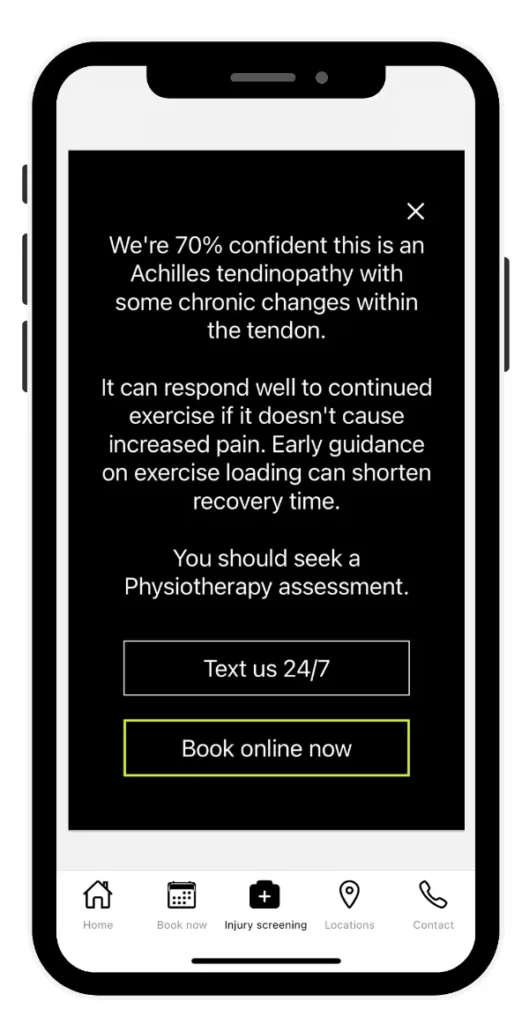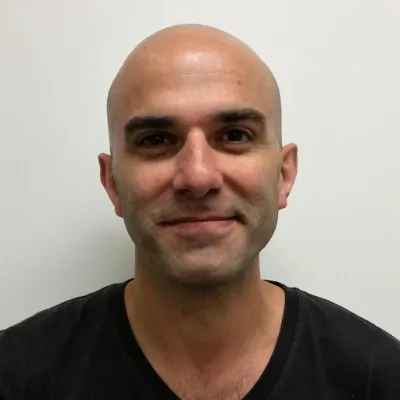When injury happens, there can be localised damage to a structure like a ligament or muscles. That kick-starts a response from the body which causes inflammation, then tissue repair, then tissue strengthening.
The first two phases of that process will happen simply because the tissue is damaged – you don’t need to do anything extra. The last phase of tissue recovery – tissue strengthening – needs the newly redeveloped tissue to be placed under some loading to help it toughen up.
With an injury, tissue repair is starting to rebuild the area within a few days of the damage. But if the rest of you is laying on the couch and avoiding activity, the lack of physical activity can be far more detrimental than the injury itself. You see, tissue recovery happens on a very small scale in the injured structure. Resting, sitting around and avoiding activity, that affects every other structure in the body.

Need a diagnosis today?
Did you know that Bioathletic has developed a custom app?
- It thinks like a Physio
- It gives you an instant provisional diagnosis and advice
- It’s completely FREE!
It’s available now in Apple app store and Google Play store
Rest is different from recovery
Recovery is pausing long enough after training (or injury) to allow the body to begin the rebuilding process. It’s that day off each week that should be a part of every training program.
Rest refers to taking long periods of time away from activity, like having 3 or 4 weeks off after spraining an ankle. In that time, while it feels like you might be giving the injury the best chance of recovering, you’re actually making recovery a lot more difficult. That’s because recovery happens faster when you’re fitter and stronger. So you might be avoiding pain when you rest but you’re also going to suffer the hidden effects of detraining.
The detraining effect
In the space of 3 to 4 weeks, you’ll lose a large portion of your fitness and your strength will start to decline, your tendons will lose their bounce and your bones begin to lose their strength.
Avoiding pain by avoiding activity can come at quite a hidden cost!
We recommend that you get professional guidance to know how much training load you can apply to the injury. But unless you’ve got one of those “whole body injuries”, there are other healthy bits of you that can still be training. And as long as you can put in an honest training session, your fitness doesn’t have to go backwards. You can also maintain most of the key elements to return to sport weeks ahead of schedule.
Just remember, this isn’t about ignoring your injury and cracking on. It’s about smart, optimised rehab and avoiding the pitfalls of the “injured” mentality.
Written by
Pete Colagiuri
Sports Physiotherapist
Pete has over 20 years experience as a Physiotherapist and specialises in running biomechanics and complex injuries. He believes that you must identify and fix the underlying cause of an injury, to recover faster, prevent recurrences and improve performance.




